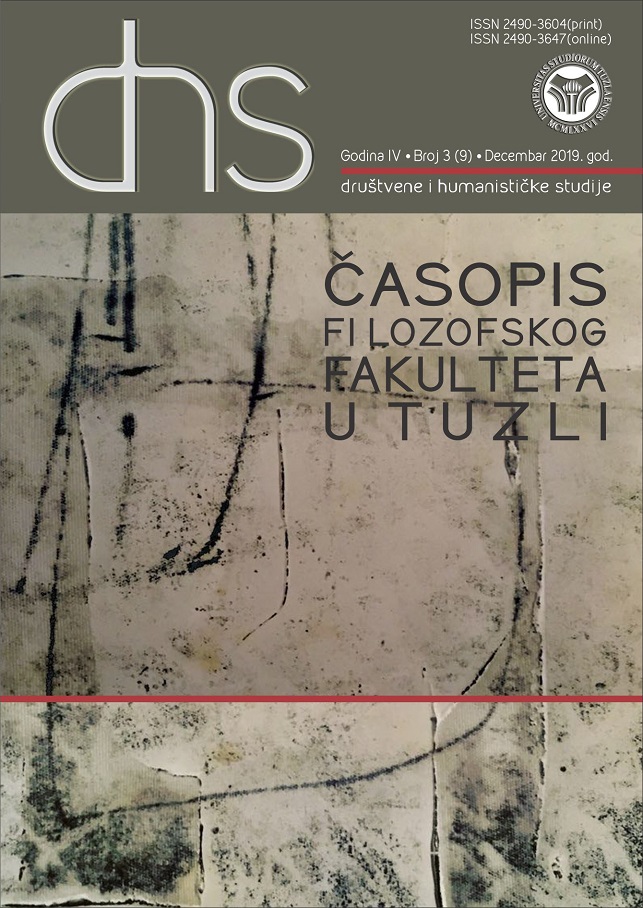Veznik diye i njegovi ekvivalenti u bosanskom jeziku u romanu Derviş ve ölüm (Derviš i smrt)
Conjuction “Di̇ye”and Its Equivalents in the Bosnian Language in the Novel “Death and the Dervish”
Author(s): Maida DautovićSubject(s): Language studies, Theoretical Linguistics, Syntax, Comparative Linguistics, Bosnian Literature, South Slavic Languages, Translation Studies, Turkic languages
Published by: Filozofski fakultet Univerziteta u Tuzli
Keywords: conjunctions; conjugal adverbs; inetentional sentence; Death and the Dervish;
Summary/Abstract: This work will talk about the “diye” conjunction and its equivalents in the Bosnian language in the novel „Death and the Dervish“. The work will try to answer the question of whether there are equivalents for the “diye” conjunction in the Bosnian language. Contrastive analysis of the examples from the given novel will show whether there are equivalents in the Bosnian language for the conjunction “diye”, whether the sentences with the “diye” conjunctive have a really intentional meaning, since this conjunction in Turkish language is classified as the conjunction of intentional sentences, if they have intentional meaning, then what differs intentional sentences with the conjunction “diye” from those sentences that have some other meaning. Also, one of the questions that will be dealt with is whether the sentences with the “diye” conjunction are Turkish dependent sentences or not. Morphologically, the “diye” conjunction is a gerund of a verb demek (to say). It is often used as a conjunction “yes” or “how” in explicit sentences. Regardless of its syntactic characteristic, it behaves as a true conjunction and has a sub-ordinator function between two sentences. When translating from Turkish into Bosnian, we come to a situation where we can not find the appropriate translation equivalent, and often then such conjunctions are translated into conjunction appendix, gerunds, proparticipes or participes with a conjunction function. The work will also discuss the syntax and semantic characteristics of the “diye” conjunction, as well as its function and frequency in the Turkish sentence.
Journal: DHS-Društvene i humanističke studije: časopis Filozofskog fakulteta u Tuzli
- Issue Year: IX/2019
- Issue No: 9
- Page Range: 177-186
- Page Count: 10
- Language: Bosnian

